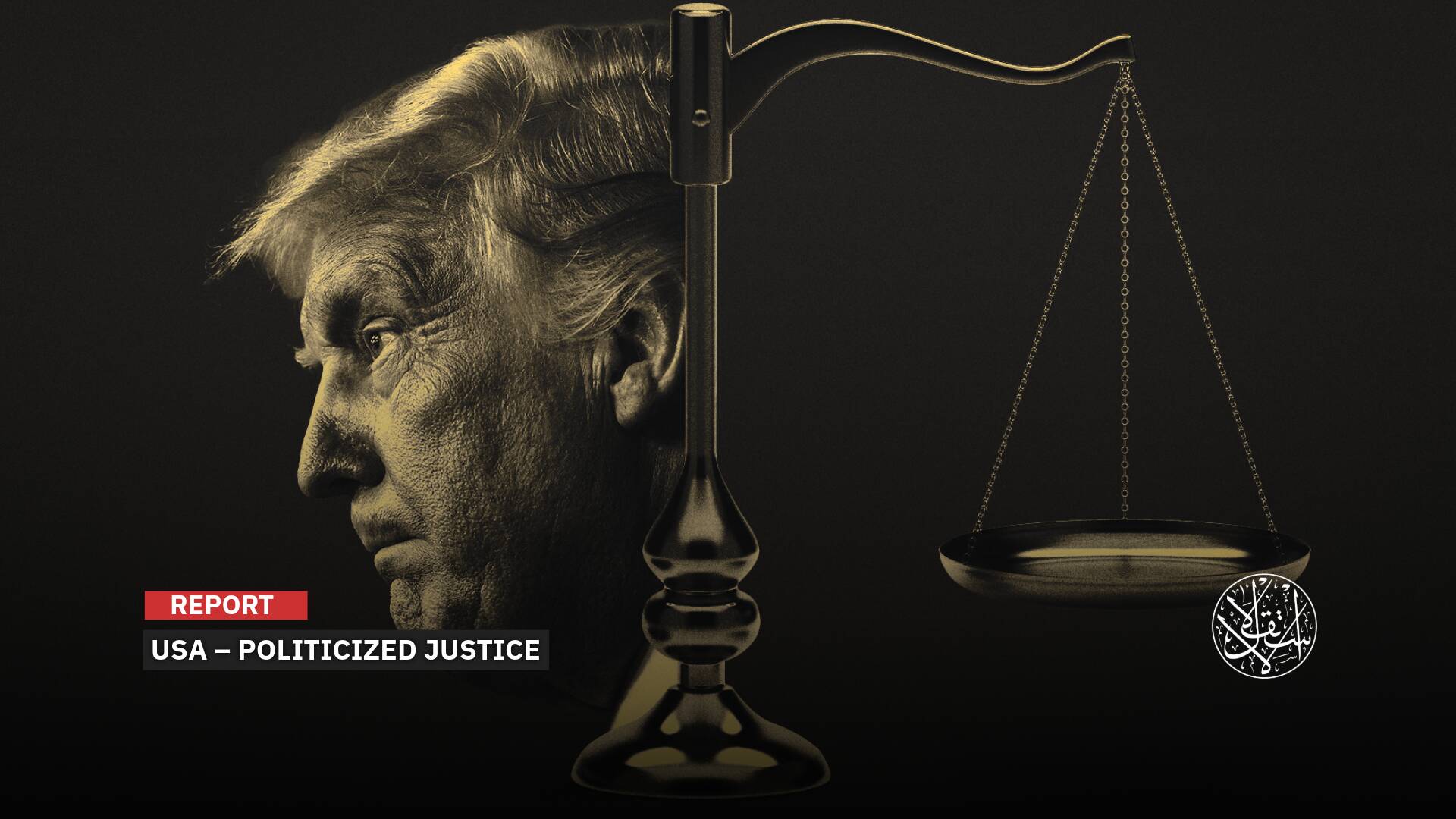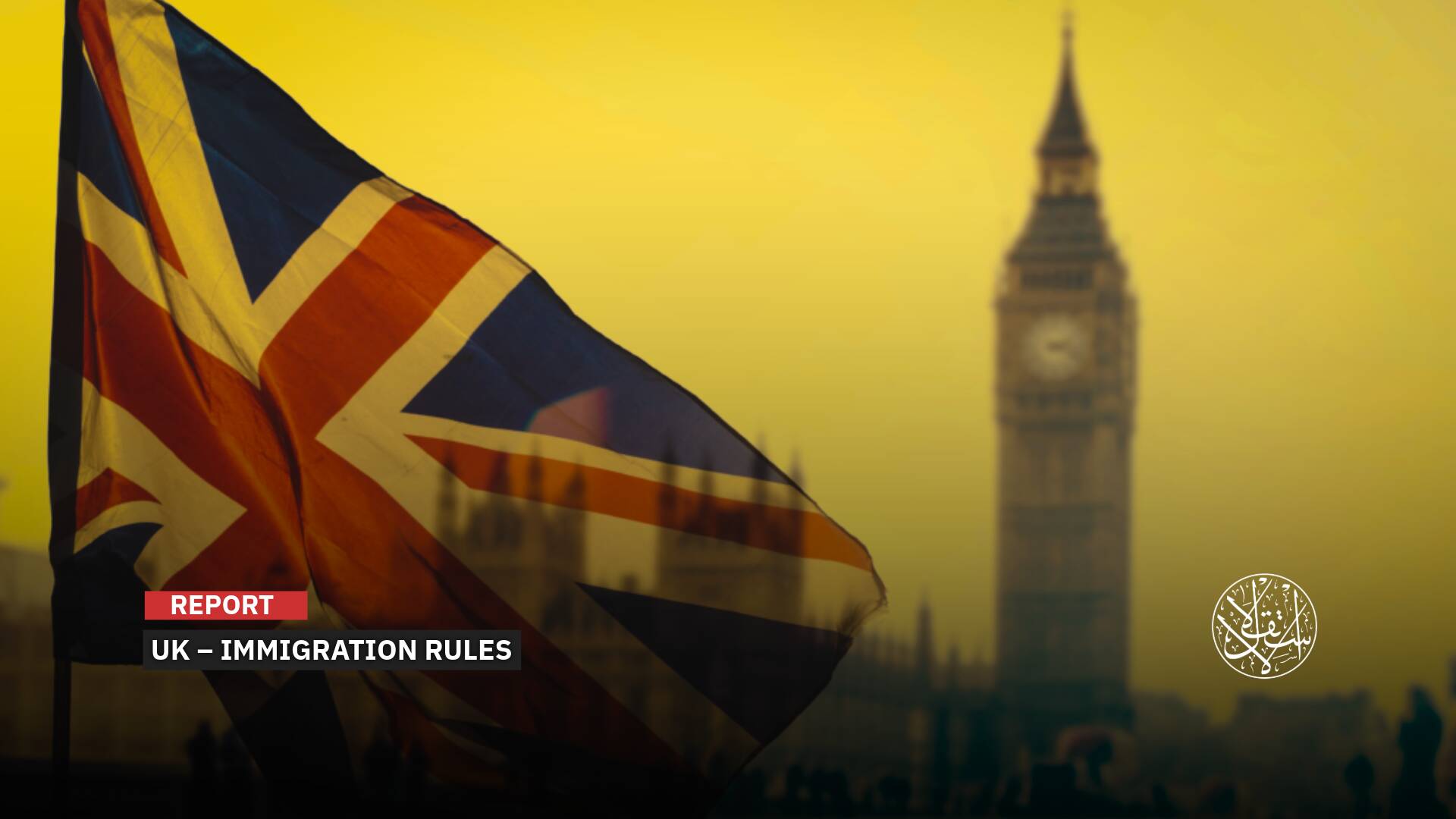Why Is Racism Increasing in UK Schools?

Racist incidents in UK schhols increased by 24% from the previous year
In a troubling trend, schools are grappling with a significant rise in racist incidents, with an alarming average of 50 students being sent home daily due to such behavior. This represents a 24% increase from the previous year.
Experts suggest that the isolation of children during the COVID-19 lockdowns may have contributed to the development of racist views, often exacerbated by harmful online content.
These views went largely unchallenged until students returned to the classroom.
Educators are primarily confronted with racist language, but also face incidents of physical aggression and racially motivated vandalism.
Additionally, there has been a noticeable uptick in racist posts on social media by students.
Highest Record
In the past year alone, there were 9,452 suspensions related to racist behavior, a sharp increase from 7,403 the year before, and nearly double the 4,889 suspensions recorded in the last school year before the pandemic.
Dr. Shabna Begum of the Runnymede Trust expressed deep concern over these figures, stating that the figures should ring alarm bells.
But punishing children through exclusions will not root out the racism that pervades schools. Racism requires whole-school and whole-society responses.
Secondary schools reported the highest instances of racism last year, but primary schools were not exempt, with 952 suspensions, including cases involving children as young as four.
A prior Freedom of Information survey highlighted that school staff were often targets of racist language, with students frequently using derogatory terms.
A report by the YMCA revealed that 95% of Black students had either heard or witnessed racist language at school.
Additionally, a study from the previous year documented incidents in Wales where students had their hijabs forcibly removed.
In response, the National Association of Head Teachers is advocating for comprehensive anti-racism training for school staff.
The Department for Education has underscored its commitment to combating discrimination in schools, noting, “We expect schools to take immediate action against discrimination and are investing £ 10 million in our behavior hubs programme.”

Social Phenomenon
In the past five years, UK schools have documented over 60,000 racist incidents, according to a Guardian investigation.
This revelation has sparked criticism from experts who accuse the government of obscuring the true extent of the issue and neglecting basic safeguarding measures.
Freedom of Information (FoI) requests sent to 201 councils and approximately one-fifth of UK’s multi-academy trusts revealed a total of 60,177 racist incidents.
These incidents are defined broadly, encompassing any situation perceived as racist by the victim or an observer, including unintentional acts.
The actual numbers are likely much higher since a 2012 government advisory informed schools they had no legal obligation to report racist incidents to local authorities.
Further guidance in 2017 stated that schools were not required to record any form of bullying.
Anne Longfield, former Children’s Commissioner for the UK, found the new figures alarming, saying that “they’re very high and given that there isn’t a requirement to report.”
“It feels that this could be just the tip of the iceberg,” according to Longfield.
Kishwer Falkner, chair of the Equality and Human Rights Commission, emphasized the need for mandatory recording and monitoring of bullying incidents in schools, particularly those based on prejudice.
Of the councils that provided data, 94 reported 31,653 racist incidents between 2016-2017 and the current school year: 25,714 in the UK, 3,966 in Scotland, and 1,966 in Wales.
Meanwhile, 226 multi-academy trusts in the UK disclosed 36,063 incidents over the same period, with at least 28,524 of these not reported to councils.
In the UK, there are 1,199 multi-academy trusts and 1,419 single-academy trusts.
Notably, 109 local education authorities in the UK and two councils in Wales no longer collect this data, including many of the UK’s most ethnically diverse areas, such as Manchester, Bristol, and all but two London boroughs.
School records typically detail these incidents, noting whether they involved physical or verbal abuse, the individuals involved, and any subsequent actions, such as police reporting.

“Whiteness” Supremacy
As an educational endeavor, “whiteness” serves to uphold racial hierarchies. Whether intentionally or not, the racism underpinning this project continues to influence education in the UK.
According to Ian Cushing, senior lecturer in English and Education, Edge Hill University, black children disproportionately face disciplinary measures and exclusions.
They encounter discriminatory hair policies and anti-black linguistic racism when their speech diverges from "standard" or "academic" English.
In recent years, these forms of racism have become further entrenched under the "what works" agenda in education policy.
Launched by the UK government in 2013, the What Works network aims to design and implement policies based on "the best" research evidence available.
In education, this ostensibly objective and evidence-led approach claims to address inequality effectively. However, research reveals that such policies are neither objective nor neutral.
They reinforce white, middle-class language norms and can lead to the disciplining of non-standard, non-academic language in schools.
Between 2021 and 2022, Cushing conducted research in two secondary schools in London, observing classrooms, conducting interviews, and analyzing policies and lesson materials.
Both schools had predominantly white staff and served mostly black children from low-income families. Both had adopted a "what works" approach to language teaching.
One school implemented "evidence-led" curriculum materials titled English Mastery. Teachers reported that these materials encouraged them to correct students' speech, discouraging deviations from standard norms.
Consequently, black children often remained silent or gave minimal responses, for which they were further criticized.
This internalization of the ideology that their language was deficient eroded their identity, a finding supported by broader research.
Staff interviews further elucidated this ideology. One teacher asserted to Cushing that "what works" curriculums would "address persistent errors" and reduce "colloquial" speech, ostensibly enabling marginalized children to "function properly in the world."
Another teacher described a "standard English only" policy imposed by management, who viewed classrooms as filled with "poor quality talk."
Research has long shown that standard and academic English are not neutral categories, but social and colonial constructs rooted in white, middle-class language.
Yet, in these schools, mastering standard and academic English is perceived as the path to social justice. This mindset similarly informs decision-making at Ofsted, the UK schools inspectorate, and national policy.
Despite their purported goals of promoting racial equity and justice, "what works" materials risk perpetuating anti-black prejudice.
They equate a student's "functioning" with their conformity to white language norms, resulting in continued language discrimination against working-class black children.
As research demonstrates, beliefs about "proper language" are invariably linked to beliefs about race and class.










